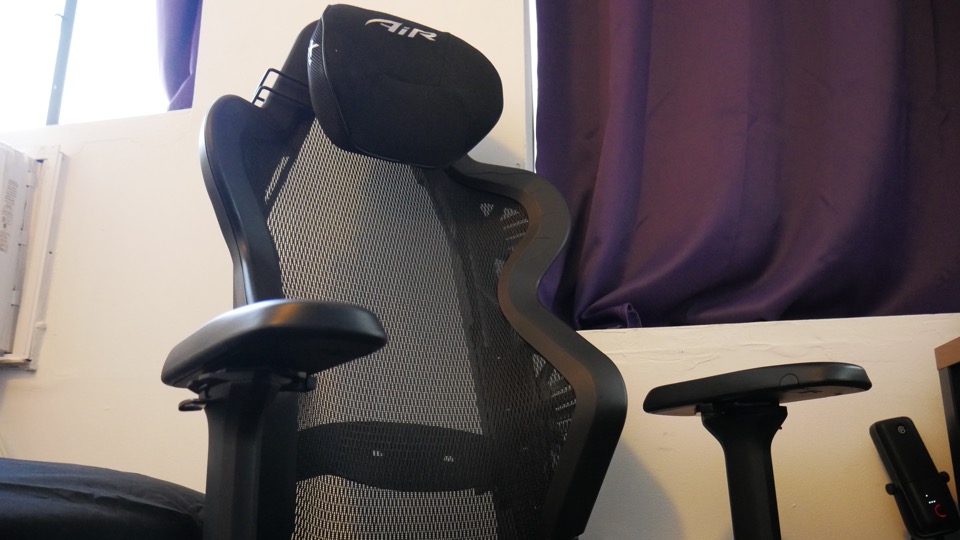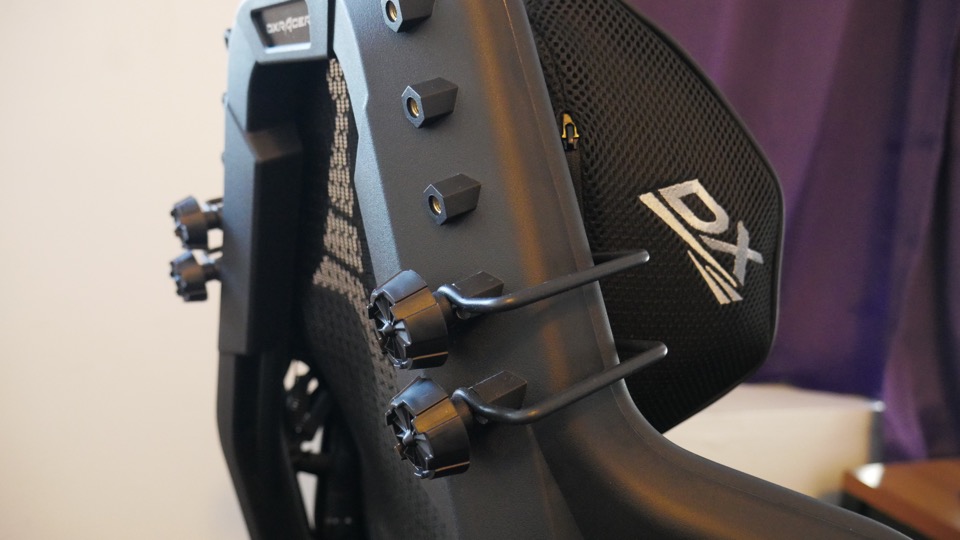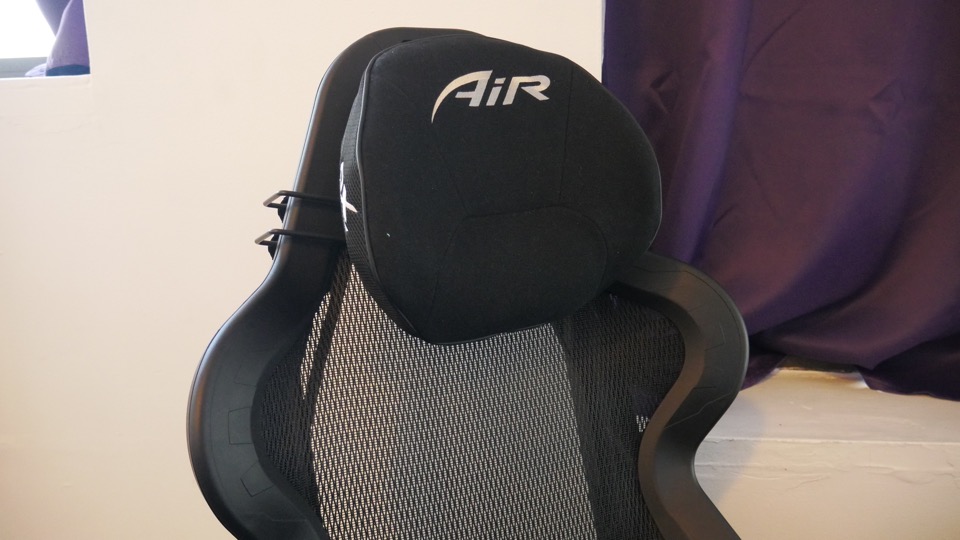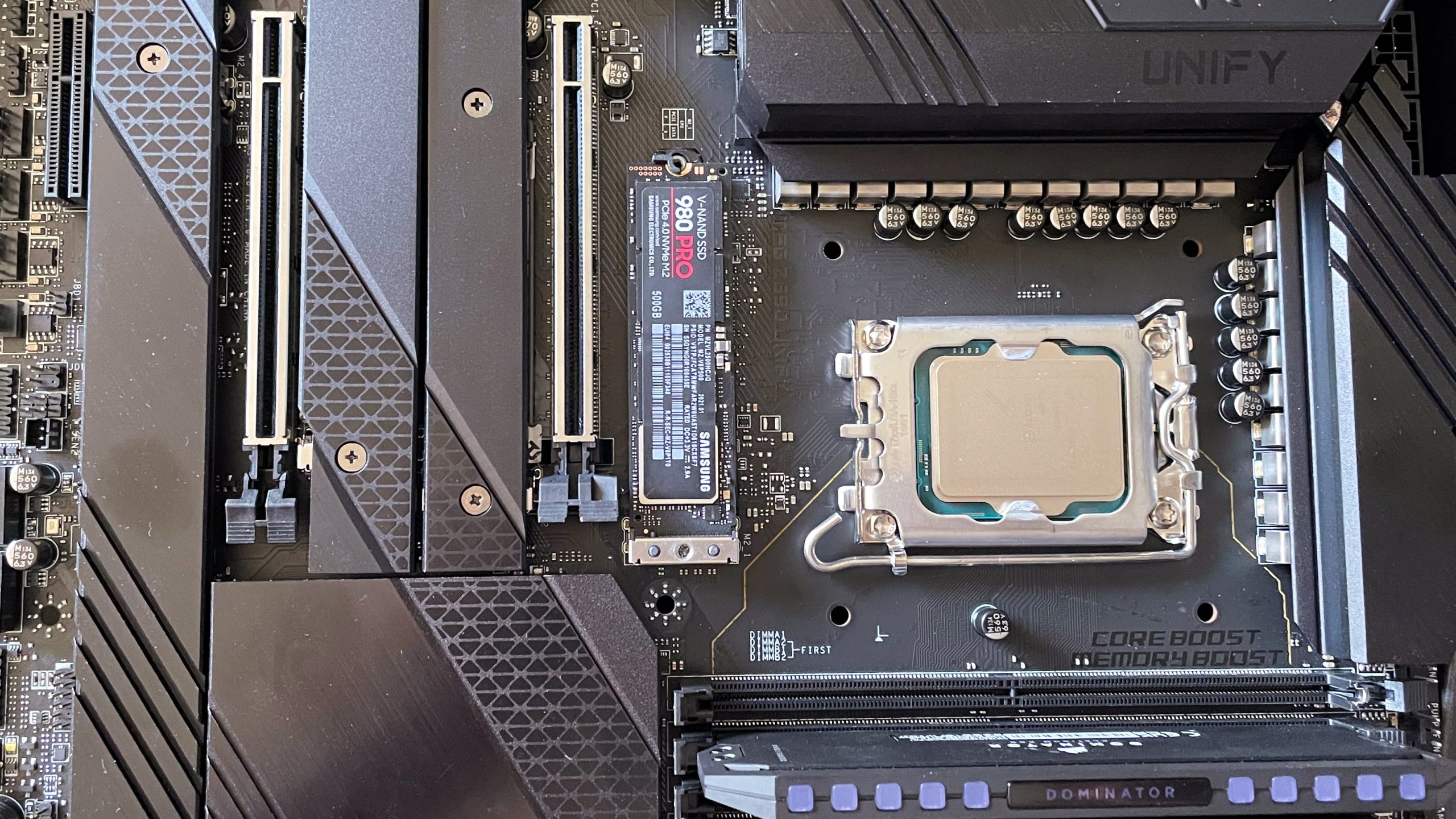
Over the last few years, I’ve slowly found myself adopting more and more gamer-focused hardware and accessories into my everyday life. I’ve upgraded to gaudy wireless gamer headphones, swapped to a high-end mouse rocking a dozen extra hotkeys, and I’ve even committed the biggest gamer sin of all – getting an RGB keyboard. When I hopped onto all of these upgrades, I felt like there was a noticeable advantage to it. As gaudy as gamer gear can be, the high-end benefits that come with them are hard to ignore. The way I play shooters and experience music has changed drastically thanks to my new headsets and mice. A gamer chair always felt like the least enticing swap to make, though. Coming from years of using regular plush office chairs, would something like the DXRacer Air really convince me the grass is greener on the other side?

Unsurprisingly, the overall design of the DX Racer Air mesh gaming chair is definitely gaudier than something you’d get from Wayfair or Herman Miller. Compared to other gaming chairs, though, it strikes a pretty modest balance – especially if you get it in the all-black color scheme like I did. The high neck and flared wing shapes at the shoulder of the backrest give it a unique silhouette, and the mesh netting of the seat and middle-backrest contrast pretty nicely with the black plastic frame. The most standout visual feature of the chair, though, is the headrest situation – a plush neck pillow fastened to the chair with absolutely bonkers-looking metal wires and sci-fi screws.
I think the failure here, rather than the fact that it’s a super cheesy aesthetic choice, is that it feels so unnaturally tacked onto the chair itself. The naturally flowing shape of the chair is interrupted by a random neck pillow and set of wires. It’s something that most gamer chairs do, but that doesn’t mean it looks good – if the neck-support situation had been seamlessly built into the backrest itself, I imagine the chair would have looked a lot nicer. The modularity of the neck rest comes with a bit of a benefit, though – the pillow itself slides up-and-down on a bracket that lets you adjust the positioning for optimal cranium comfort.

One similarity the DXRacer Air has to pretty much any other chair I’ve had is the ease of assembly. Out of the box, I just had a handful of pieces to work with, and an incredibly small amount of steps in the assembly guide to bring it all together. Admittedly, the instruction booklet itself wasn’t perfect – I think it was representative of a previous version of the DXRacer AIR, so two or three steps highlighted pieces that my chair didn’t actually come with.
That mixup combined with lack of explanation text in the booklet led to a few moments of confusion, but the simplicity of the pieces makes it pretty impossible for the chair to be improperly assembled at home. My only hiccup was a pair of plastic covers for the hinges of the backrest that seem to be held on with nothing more than a prayer – the instruction booklet illustrated a very different set of covers, and my current ones have popped off a couple of times just from hitting them with my elbow the wrong way.

So, with butt firmly planted in seat, how does it feel? For the first couple days, I honestly wasn’t sure. Swapping from an office chair with no neck support to the DXRacer Air and it’s solid neck-pillow took a while to adjust to. Plus, the lumbar support column on the backrest – which is fully adjustable in terms of position – took a while to get used to. Mesh and hard plastic certainly isn’t the most plush or soft material combo out there, but it’s definitely supportive.
Working from home 8 hours a day combined with a few hours of studying and PC gaming means I’m in this seat a lot, and once my body adjusted to the chair swap after a few days, I became increasingly satisfied with it. Plus, the chair has a wild amount of adjustability that provides a lot of options on how to optimize your comfort. There’s recline for the backrest, recline for the full seat, and arm-rests that can be adjusted in all 3 axis of movement. You can remove the neck pillow and its wild sci-fi screw-ins, too, but please don’t. Once you do, your head will either be resting on coarse mesh or smacking into the painful hard plastic lip at the end of the chair.




